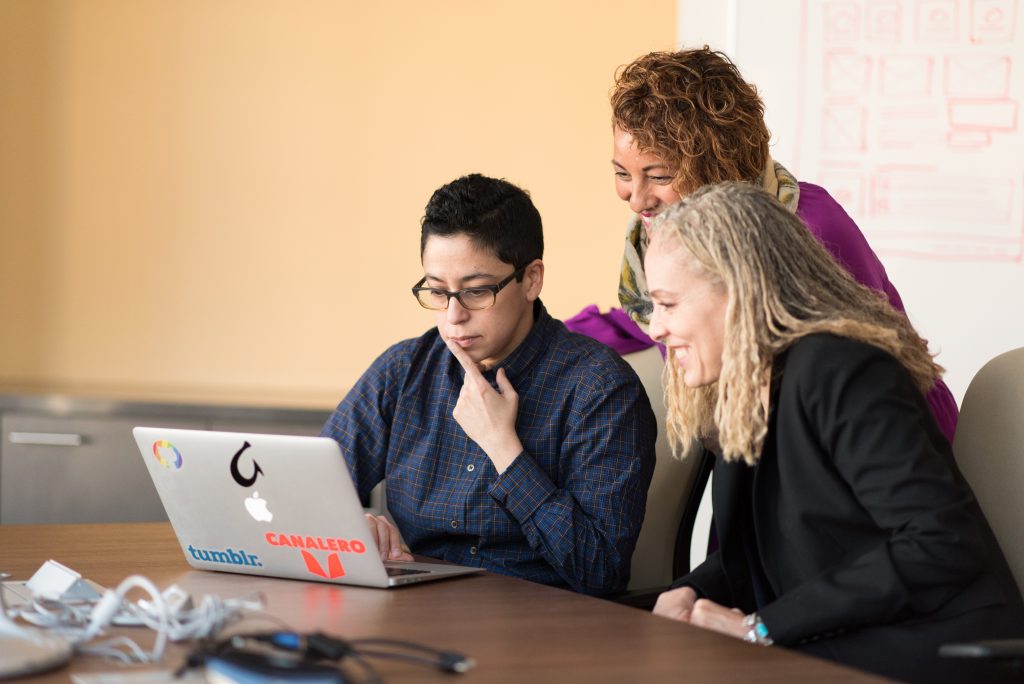By Tai Williams
STEM fields have long been considered a bastion of innovation and progress, but they have also been plagued by a lack of diversity and representation. This lack of diversity not only hinders the progress of STEM fields but also perpetuates systemic barriers that prevent marginalized communities from pursuing and succeeding in STEM careers. In this article, we will examine the barriers that prevent these communities from realizing their full potential in STEM and explore best practices for promoting diversity and inclusion in STEM recruitment and retention.
The first barrier that marginalized communities face in STEM is limited access to resources and opportunities. Many underrepresented groups, such as women of color and those from low-income backgrounds, face systemic barriers that prevent them from pursuing STEM careers. These barriers include inadequate funding for education, limited access to technology and
resources, and a lack of role models and mentorship opportunities.
To create a more inclusive future for underrepresented groups in STEM, it is crucial to build a supportive and inclusive environment that provides mentorship, networking, and educational opportunities. Mentorship programs, for example, can connect underrepresented individuals with experienced STEM professionals who can provide guidance, support, and advice. Networking opportunities can help these individuals build connections and relationships that can lead to job opportunities and professional development.
Promoting diversity and inclusion in STEM recruitment and retention is another critical aspect of building a more inclusive future for underrepresented groups. Companies and organizations can implement diversity and inclusion policies that promote equitable hiring and promotion practices and use technology to increase transparency and accountability. Developing partnerships with community organizations can also help to increase representation in STEM and provide resources and opportunities for underrepresented individuals.
In conclusion, creating a more inclusive future for all individuals in STEM, including underrepresented groups and marginalized communities, requires a concerted effort from individuals, companies, and organizations. By breaking down barriers and promoting diversity and inclusion in STEM, we can ensure that the next generation of STEM professionals is representative of the diverse communities they serve and that all individuals have the opportunity to reach their full potential in STEM careers.

